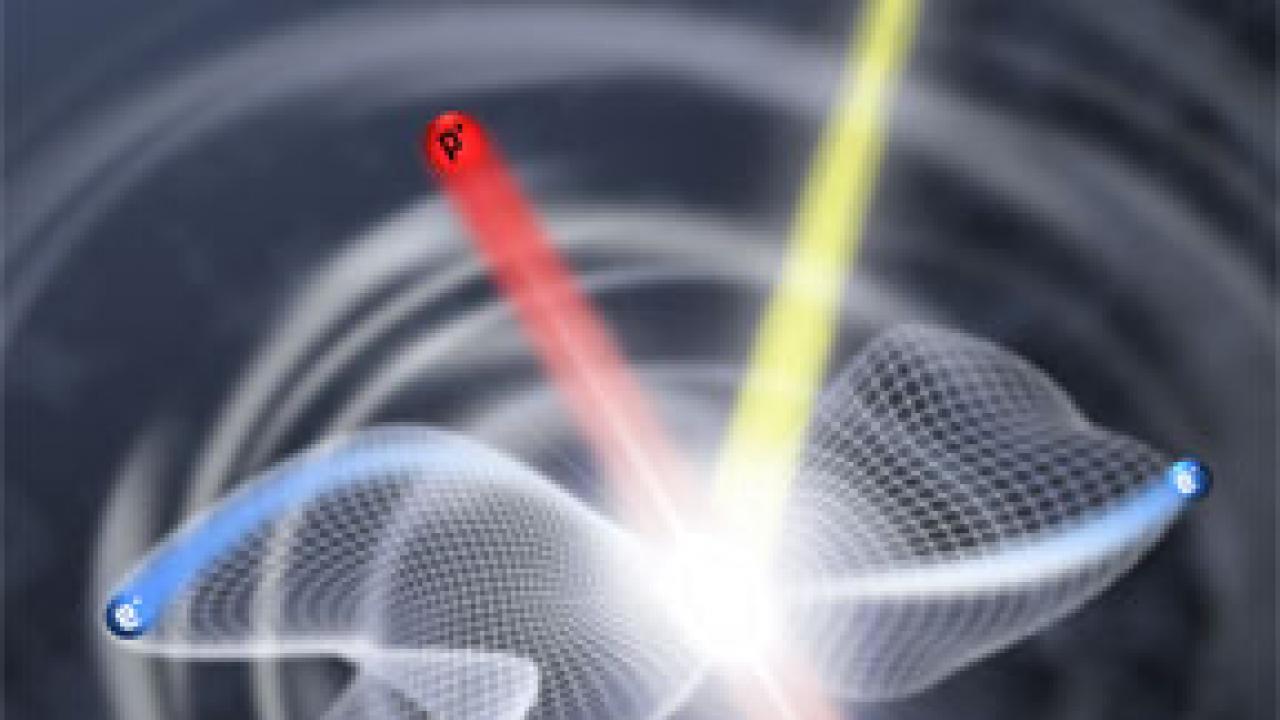Breaking up may be hard to do, but using the pieces to work out what came before is even harder. An international team of researchers has now achieved that by solving the quantum equations for what happens when the hydrogen molecule, H2, is torn apart by a photon.
The result opens up completely new ways to study chemical bonding and picture the dance that electrons perform to hold atoms together in a molecule, said William McCurdy, professor of chemistry and applied science at UC Davis and senior author on the paper.
"Variations of this approach could allow us to use lasers and X-rays to understand how bonds change in chemical reactions while they are actually happening," McCurdy said.
The work grew out of results published in Nature in 2004 by Thorsten Weber of the University of Frankfurt, Germany, and colleagues. Working at the Advanced Light Source at the Lawrence Berkeley National Laboratory, Weber's group was able to measure the fate of all the fragments when hydrogen molecules were blasted with photons.
The impact strips off the two negatively charged electrons, leaving two positively charged protons that repel each other and fly apart. Small variations in the distance between hydrogen atoms in the original molecule caused big changes in the path of the fragments. Those differences might also be related to the chemical bonding between the two electrons, McCurdy thought.
Wim Vanroose, a postdoctoral scholar now at Katholieke Universiteit Leuven in Belgium; Thomas Rescigno of Berkeley Lab's Chemical Sciences Division; Fernando MartÃn, professor of chemistry at the Universidad Autónoma de Madrid, Spain; and McCurdy, also a member of the Berkeley Lab's Chemical Sciences Division, used computational models to reconstruct the collisions.
Their results show that the path of the fragments contains information about the relationship between the two electrons and, therefore, about the chemical bond, McCurdy said.
The research was published Dec. 16 in the journal Science.
Media Resources
Andy Fell, Research news (emphasis: biological and physical sciences, and engineering), 530-752-4533, ahfell@ucdavis.edu
William McCurdy, Chemistry/Applied Science, (510) 486-4283, cwmccurdy@lbl.gov
